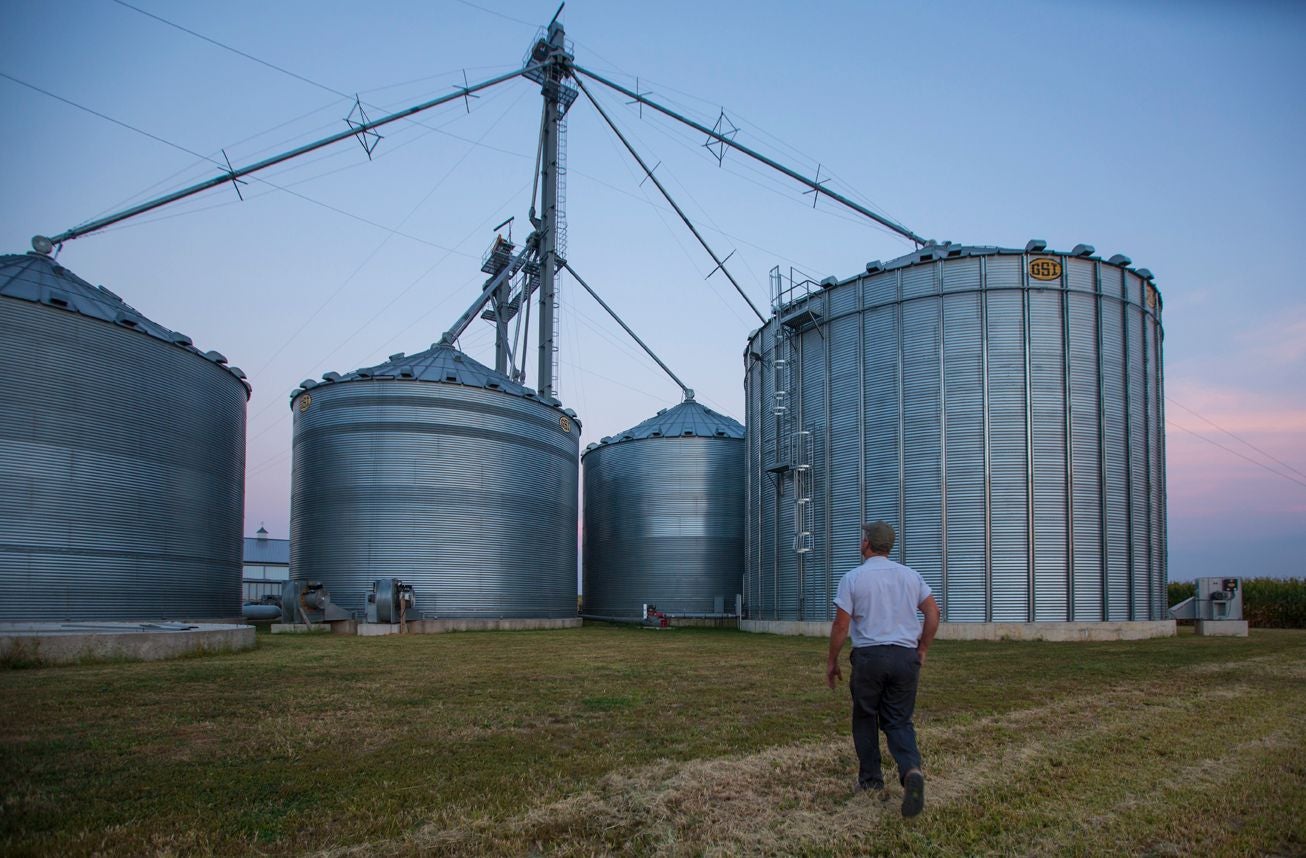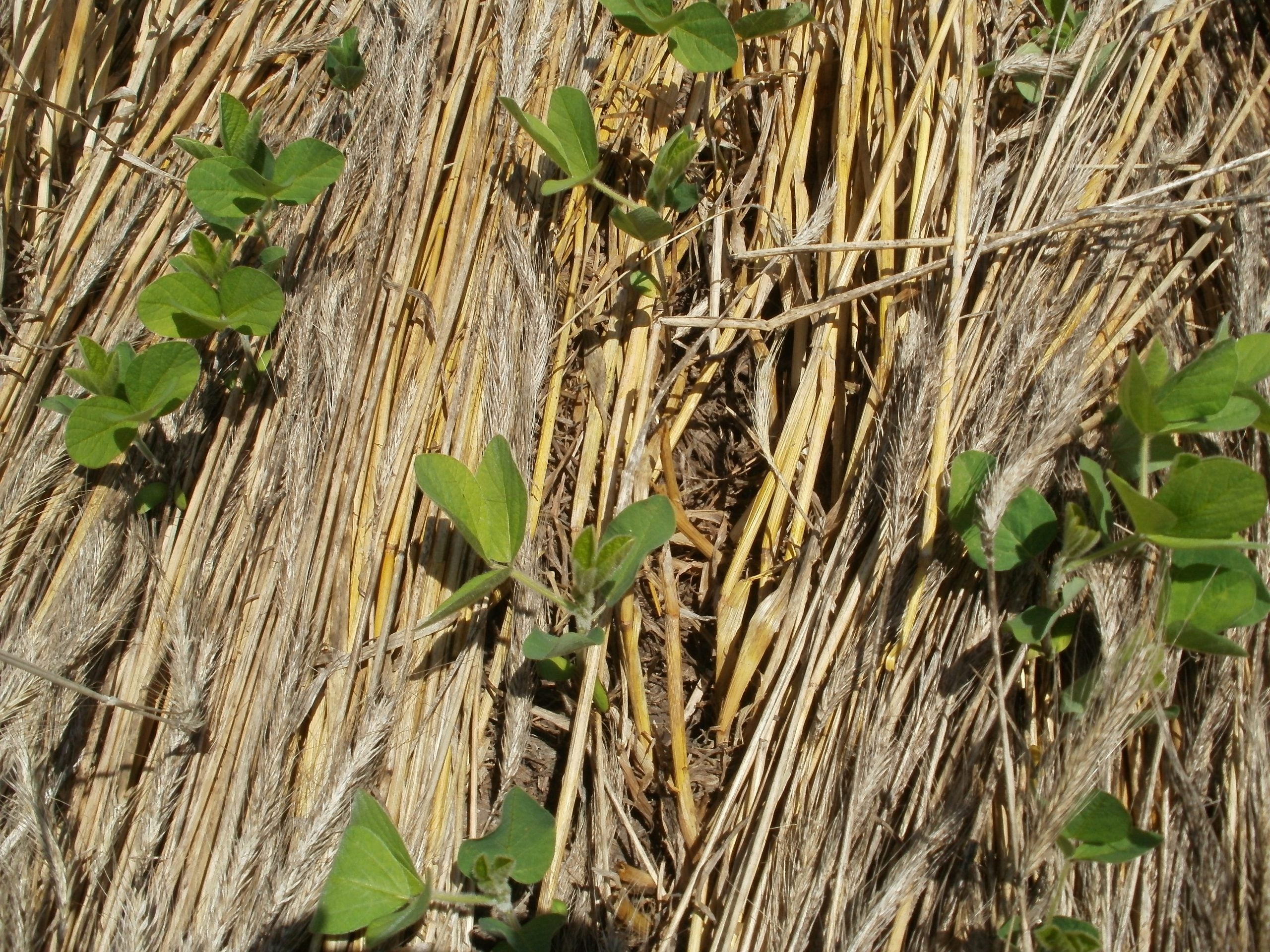
USDA plans to improve climate data and empower farmers
The Inflation Reduction Act made historic investments in rural and agricultural climate solutions, including providing $300 million to improve measurement, reporting and verification of the climate benefits of farm bill conservation programs. This week, the U.S. Department of Agriculture shared a framework for how they intend to spend those funds over the next eight years.
These investments are much needed and will benefit farmers and the planet. But stakes are high. Implementation efforts should be prioritized to get resources on the ground as soon as possible, while also being grounded in the best science and maintaining high transparency.
USDA proposing this framework is a critical step in the process, and it gives stakeholders a chance to influence the foundation of climate-smart action moving forward.
Five-part framework for climate-smart agriculture
Accurately assessing current emissions and the impact on emissions of different tools, practices, and conditions is critical for ensuring each dollar in USDA or other incentives result in the greatest possible long-term greenhouse gas reductions, while also considering other environmental, social and economic implications.
USDA has the responsibility to effectively steward the funding made available through the farm bill and Inflation Reduction Act. The new framework has five elements for how USDA agencies will deploy these funds to cropland, grassland, livestock and forestry sectors.
- Science and research: USDA aims to reduce costs for measurement and monitoring and improve understanding about how to reduce emissions.
- Models, methods and tools: Accurately assessing year-to-year changes in net emissions is difficult and costly. Improving the suite of measurement options and climate-smart practices will result in better calibrated models and results.
- Data and data products: The new funds can generate large amounts of rich data. But for those data to be useful, they must be consistently captured, analyzed and integrated back into farm bill conservation programs so that efforts are always rooted in the best and latest science.
- Monitoring and verification: Initial collection of the data is just one step. Ongoing, long-term monitoring and verification can improve modeling and understanding of changes at the national, subnational and field scales.
- Reports and analyses: Rapidly turning raw data into useful and accurate information available to researchers, policymakers and producers is no small feat. This is even more true when it comes to managing the data in a manner that protects sensitive information and respects the privacy of farmers and ranchers.
New research networks
As a first step toward implementing this framework, USDA will establish two new research networks. The Greenhouse Gas Research Network will collect data about nitrous oxide, a gas resulting from excess nitrogen from fertilizer, and methane, a gas resulting from livestock digestion, manure management and rice fields. The Soil Carbon Monitoring and Research Network will create a database of carbon stored in soils and perennials like trees.
These research networks will build on existing efforts at USDA and universities to accelerate the collection and analysis of information vital to improving our understanding of how agriculture contributes to climate change and how it can provide solutions. The research flowing out of these networks will illuminate national trends and deepen understanding of how long it takes a given practice to deliver climate benefits and how long those benefits last. It will also help improve the accuracy of environmental models used to measure progress at scale.
Benefits for producers
The U.S. agriculture industry is incredibly diverse, and the sector-by-sector approach that USDA plans to take is the best way to ensure that ongoing actions are relevant, broadly accessible and flexible.
USDA’s announcement includes a commitment to helping producers by updating conservation practice standards, which are the foundation of farm bill conservation programs, and by providing improved data to support producer decision-making. Farmers and ranchers want to know that they’re spending their time and money on the highest-value efforts, and this data should help them do just that.
The farm bill can accelerate action and ambition
The urgency to mitigate climate change has never been higher, and we are learning more every year about how farmers can contribute to climate mitigation and adaptation efforts and still succeed in their critical place in our food system. Climate incentives — such the recent $20 billion investment from the Inflation Reduction Act — provide a game-changing opportunity to quickly scale up adoption of the best climate-smart practices and tools available today.
It is critical for Congress to protect these climate investments that have already been made so that farmers can ramp up climate action starting today. And as USDA and farmer partners strengthen links between research labs and farm fields — along with support from scientists, extension universities and the private sector — they will start turning the wheels of innovation that have defined the agriculture sector for decades. The tools that result will drive ambition even higher.












